10 Ways to Record Early Childhood Observation Data
November 20, 2025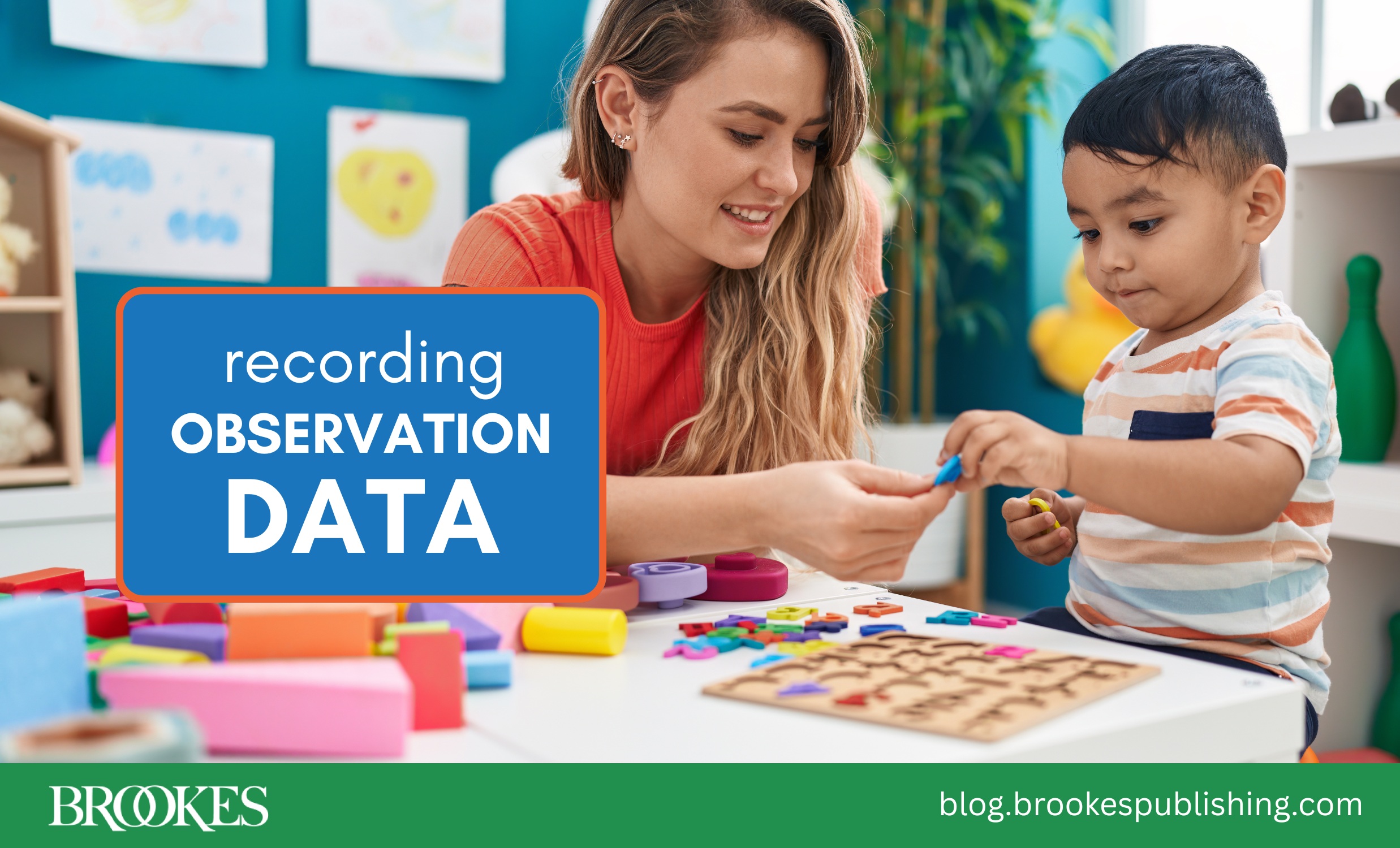
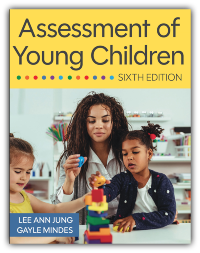 In early childhood education settings, high-quality assessment and instruction depends on effective observation. As Lee Ann Jung and Gayle Mindes point out in the new edition of Assessment of Young Children, “Observation is the partner of instruction. You cannot teach well without observing.”
In early childhood education settings, high-quality assessment and instruction depends on effective observation. As Lee Ann Jung and Gayle Mindes point out in the new edition of Assessment of Young Children, “Observation is the partner of instruction. You cannot teach well without observing.”
Excerpted and adapted from Assessment of Young Children, this post brings you 10 tips for recording information throughout the day and keeping track of the data you need to teach well.
- Keep a pack of sticky notes in your pocket to record key observations. For example, as you set out finger paints every day for a week, maybe you notice that one student will not touch them. Pop a sticky note out of your pocket to record the anecdote.
- Get index cards for each child in your class that are taped together in bunches and fastened to a clipboard. Carry the board everywhere, making notes and jotting reminders of what to assess or teach. At quarter’s end, you’ll have anecdotes and documentation for report cards and parent conferences.
- Leave small notebooks and pens around the room so that you can record child behaviors and insights “in the moment.”
- Prepare a calendar for each child in a folder or a three-ring binder. Record your assessment notes here and summarize them monthly.
- Use photos to enhance observational notes. Photographs are particularly useful in creating a record of children’s sculpture, block designs, and group dynamics.
- Take audio recordings of observations with your phone or tablet. A smartpen can enhance your observation notes. You can use the pen to record audio while you write observation notes on paper. After the observation, you can touch the pen to points on the paper, and the pen plays audio that corresponds with that note. The notes and recordings can be uploaded for use in a portfolio or in planning future lessons.
- Capture videos. These are helpful in recording a multitude of skills and behaviors that young children exhibit during play and during daily routines. As a permanent record of a child’s work, videos can be a rich source of information, because they fully capture the entire event.
- Choose or make checklists for recording the skills or attributes of the children in your class. Select checklists that are commercially available, if these are compatible with your instructional goals, or make checklists that match your teaching plans for the class.
- Keep a class journal. In a few minutes at the end of the day, jot notes on the events of that day with attention to salient details. These notes offer time for you to reflect on the curricular, instructional, and behavioral events that took place.
- Avoid getting too preoccupied with note-taking. Plan for more demanding note-taking to occur while children are engaged in projects. Note-taking should never preoccupy you so that chaos occurs in your class. Being alone in the room is not a reason to discard observation as an assessment method. Consider collaborating with a colleague during your respective planning times if you need a second set of eyes in your room.
You must decide how many running records, anecdotes, logs, and checklists are manageable and meaningful to collect on each child. You will need a balance of observations for each of the methods so that you will have the material you need to confer with families, write progress reports, and make data-based decisions about the curriculum and interventions.
Use these tips to structure your classroom for observational success!

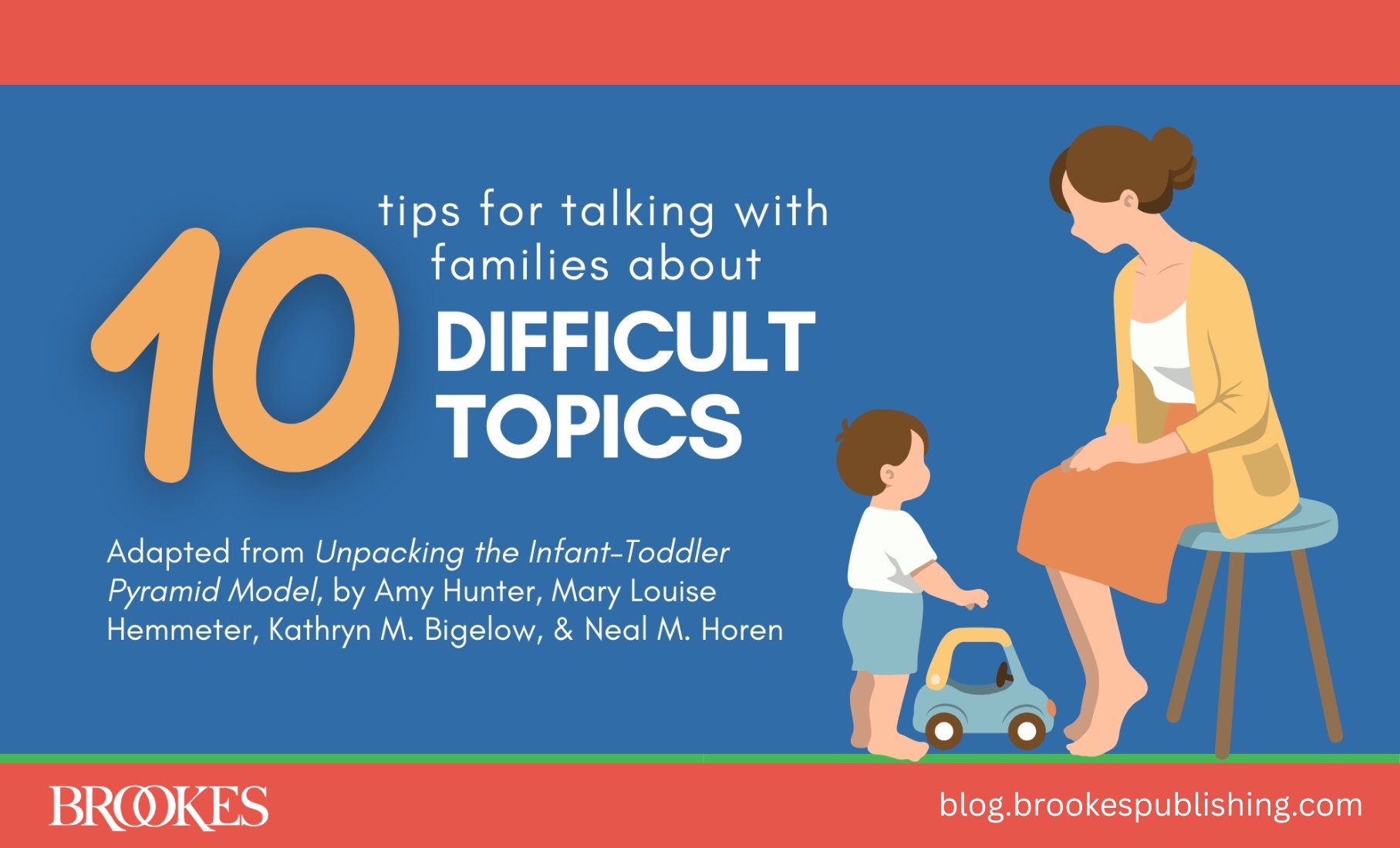
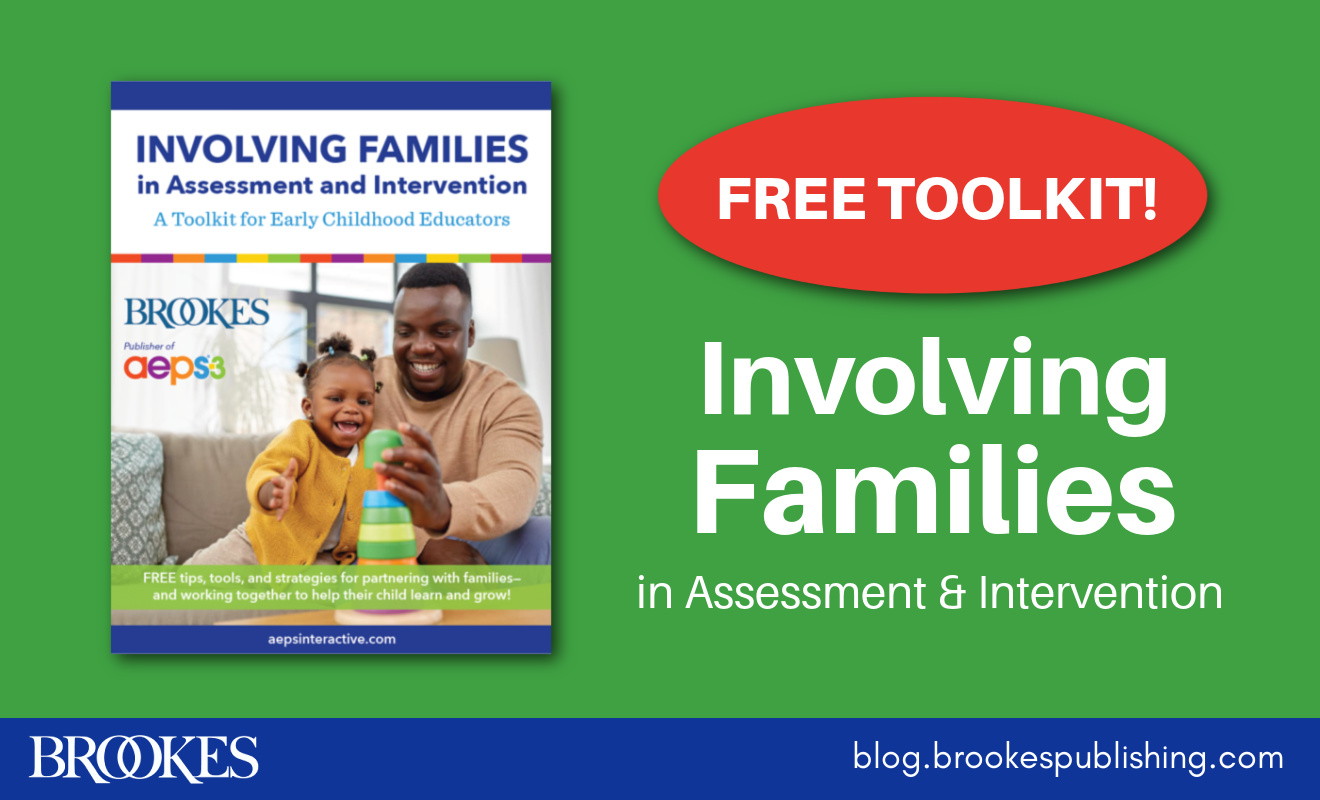
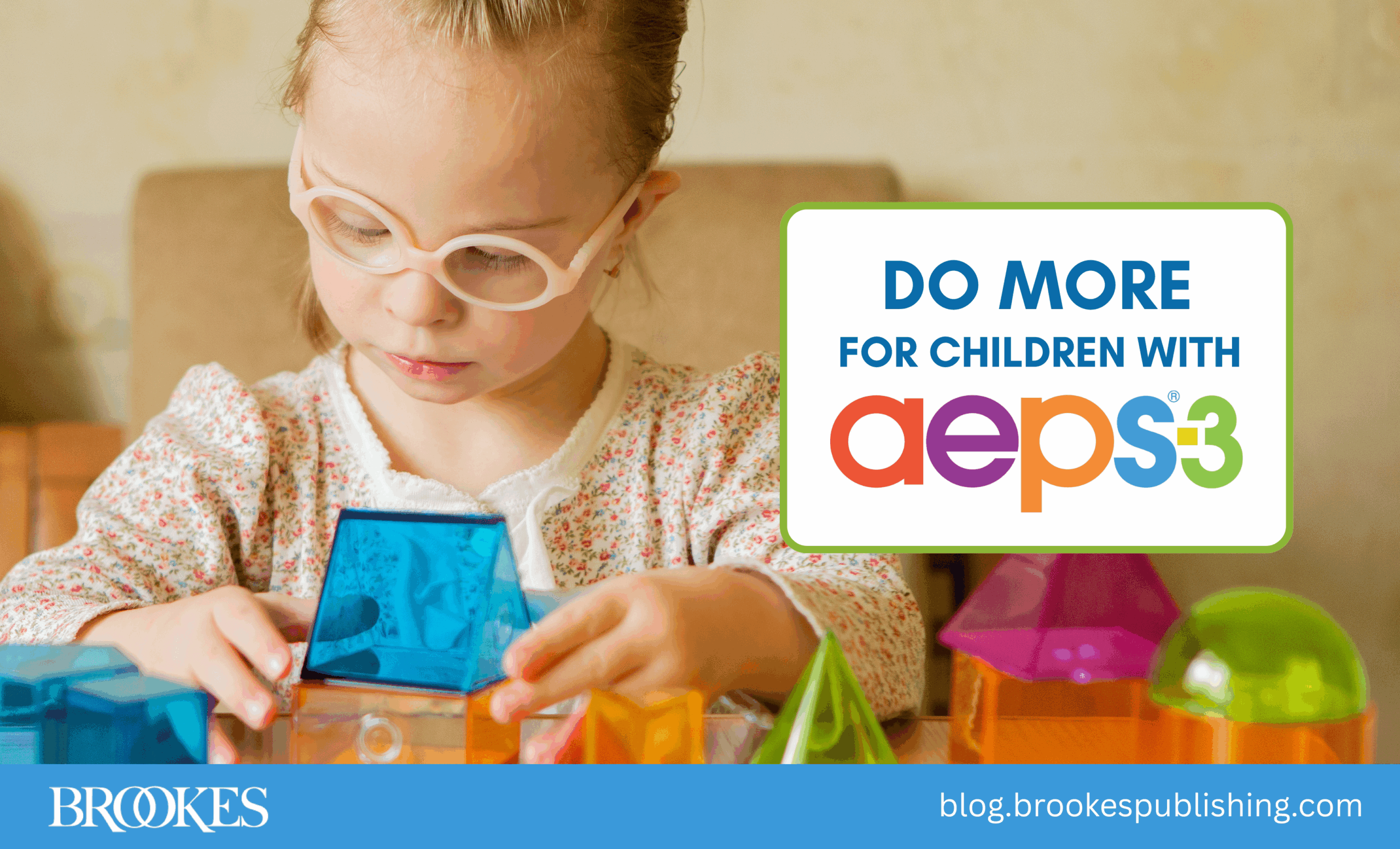
Write a Comment
Your email address will not be published. Required fields are marked *
Post a Comment